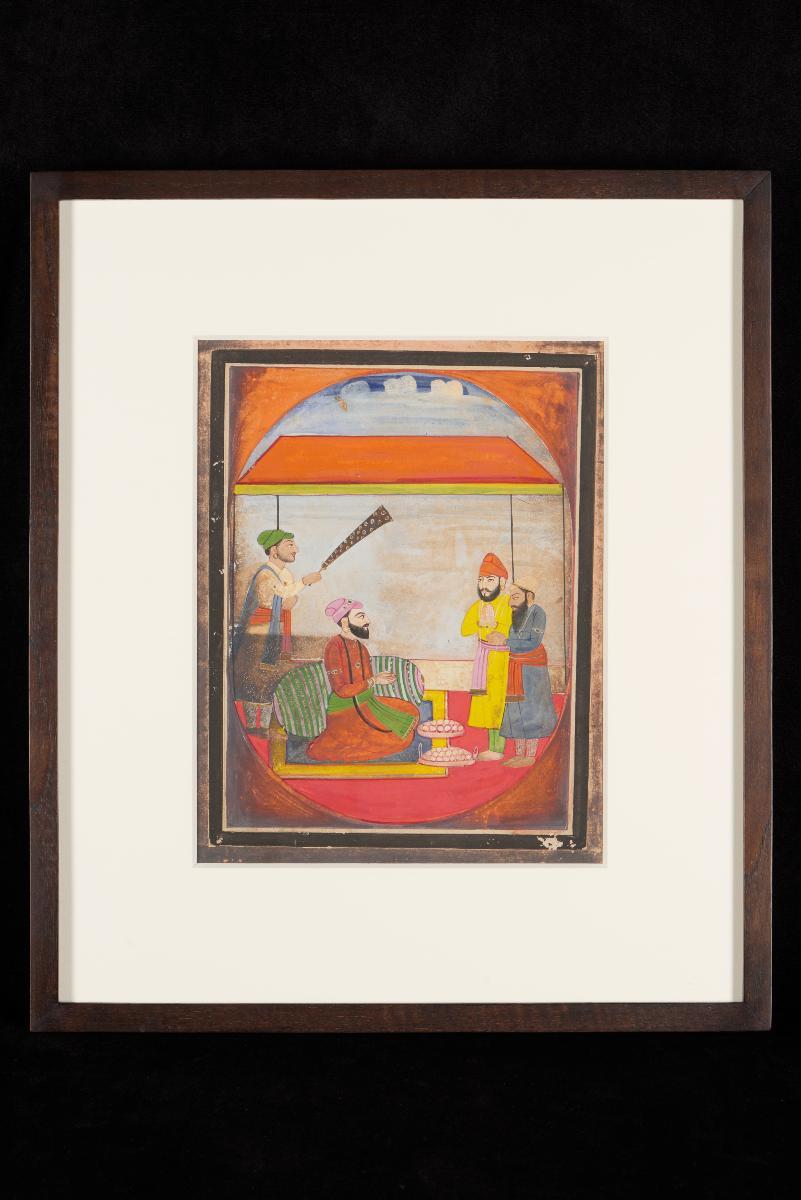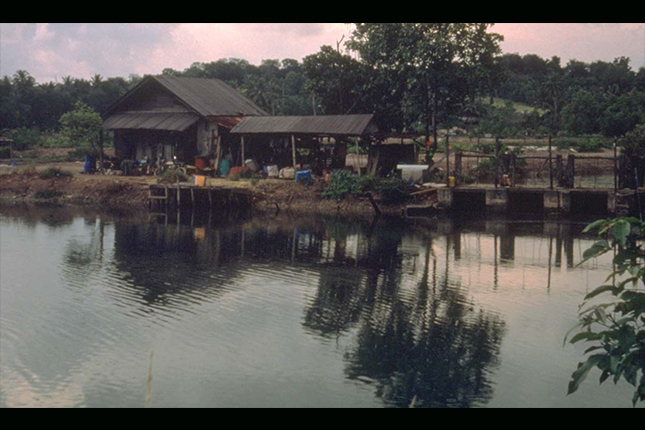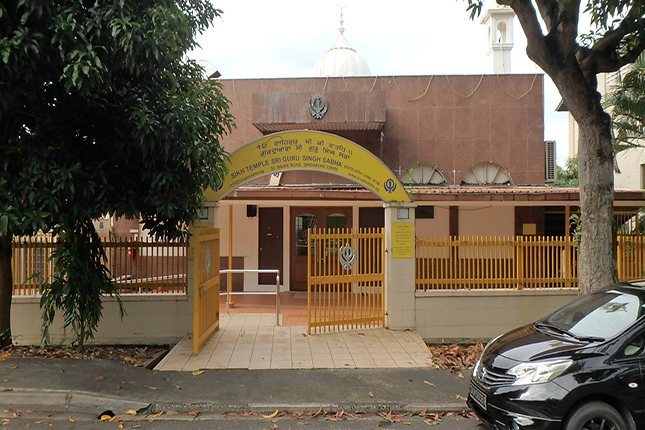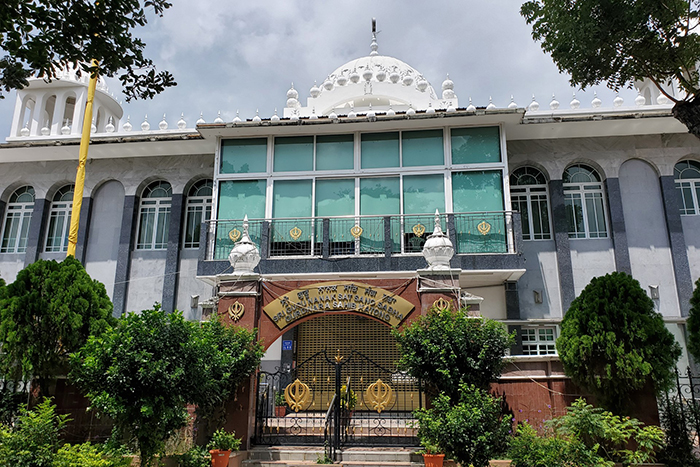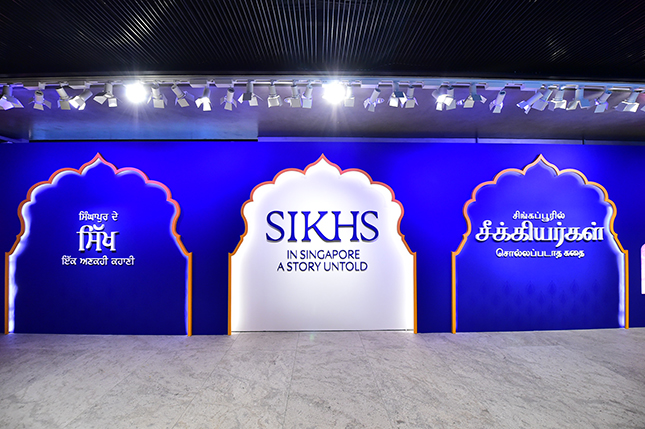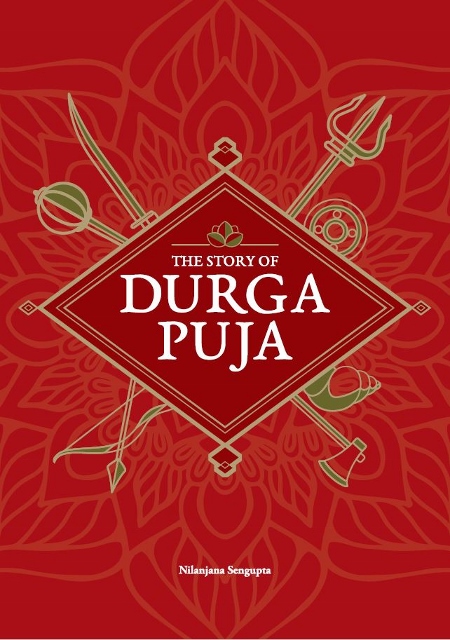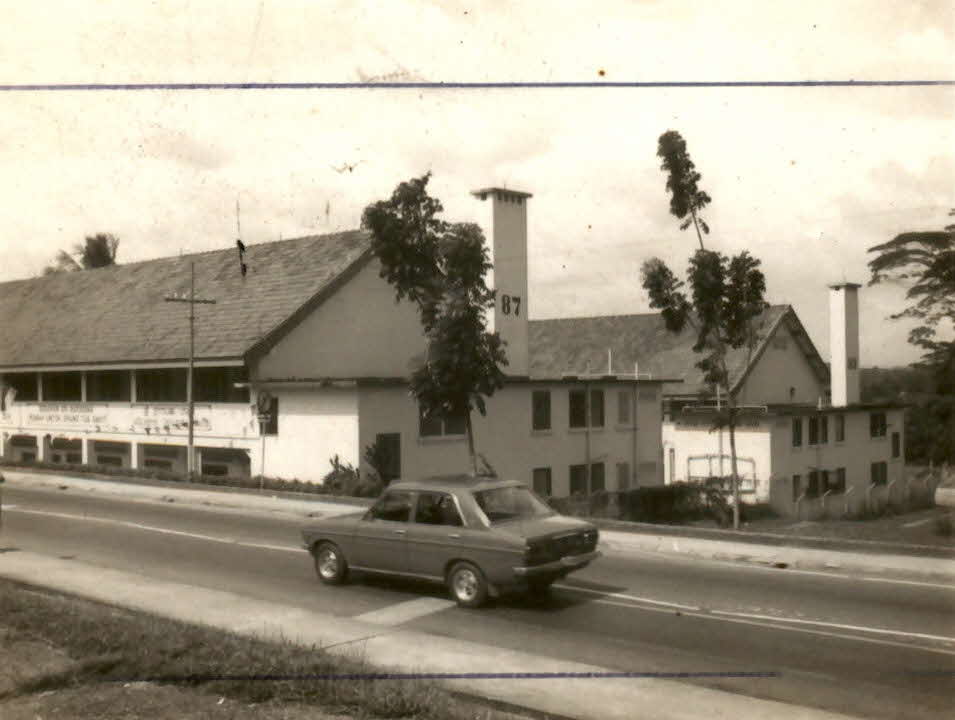Vesakhi
Vesakhi (also known as Vaisakhi or Baisakhi) is celebrated on either on the 13th or 14th of April every year in the Gregorian calendar. It is celebrated as a harvest festival traditionally in India. The day has an added dimension for the Sikh community as it commemorates a key event in the establishment of their religion and identity — the formation of the Khalsa, an order of baptised Sikhs.
On Vesakhi day, Sikhs gather at their gurdwaras (temples) to listen to kirtans (hymns), attend talks on the Sikh way of life, and hear prayers and readings from the Guru Granth Sahib (Sikh scripture). Other community-based activities are also organised, such as sports and cultural activities.
Associated Social and Cultural Practices
Preparations for the festival can begin up to two weeks ahead, with volunteers cleaning and decorating the temple, and planning for the food to be served on the day itself.
The Guru Granth Sahib plays a central role in Vesakhi activities. The akhand path, or continuous recitation of the scripture, begins two days before the festival. Readers form a relay system to complete the reading by Vesakhi. This is done in the prayer hall, with the scripture placed on a raised platform underneath a canopy (palki). During this 48-hour reading, attendees may enter and leave the prayer hall freely. An English translation of readings is projected on screens for those who do not know Punjabi, the language typically used for local Sikh ceremonies.
A deeply significant activity on Vesakhi day is the baptism ceremony known as Amrit Sanchar. This is something Sikhs are able to do at any point in their spiritual journey, and there are no age requirements. Once baptised, he/she becomes part of the Khalsa and has to adhere strictly to the tenets of Khalsa Panth (Brotherhood of Khalsa).
Preparations for the baptism ceremony begin two days prior, with talks held for those who intend to be baptised. On the day itself, five baptised members conduct the ceremony in the presence of the Guru Granth Sahib. Preparation of the Amrit (baptismal water) starts with the water being poured into a steel bowl, sugar cubes are added, and the mixture is then stirred with a double-edged sword while prayers are being recited. Once the prayer is completed Amrit is ready to be administered – five handfuls are drunk, five are sprinkled over the hair, and into the eyes of each person to be initiated. Those initiated join the community in the prayer hall.
An important feature of all gurdwaras is the community kitchen, run by volunteers and provide langar (free food) for devotees and visitors daily. Those partaking of the vegetarian meal sit together to eat, as a symbol of equality. In addition, karah prasad (blessed pudding) is distributed to all members of the congregation when the prayers end.
The Vesakhi Mela that is held at this time provides a platform to showcase the Sikh culture and usually includes bhangra dancing, a traditional martial art called ghatka, and the traditional game of kabbadi.
Geographical Location
Vesakhi is celebrated by Sikh communities all over the world. The gurdwaras are the focal point of activity on this day, where devotees gather to pray. In Singapore, Sikhs congregate at any of the seven gurdwaras here to commemorate Vesakhi. In addition, a cultural and sports carnival is held over two or three weekends to celebrate Vesakhi at the Singapore Khalsa Association in Tessensohn Road.
Communities Involved
The history of the Sikh community in Singapore can be traced to the migrants arriving from Punjab, India, at the end of the 19th century. As of 2010, there are approximately 12,000 Sikhs in Singapore.
Among the organisers for annual Vesakhi celebration in Singapore are the Central Sikh Gurdwara Board (CSGB) and the Singapore Khalsa Association. Even though Vesakhi is primarily a Sikh festival, non-Sikhs are also welcomed to participate in the celebrations.
Experience of a Practitioner
Mr Karpal Singh learned about Vesakhi and its significance through stories told by his parents as well as visits to the temple, where he came to know more about Sikh history and the religion. He feels very strongly about the link between Vesakhi and the Sikh identity, and says that it is important for Sikhs to celebrate the day and be connected to the community. “It is very essential for a Sikh family to come to the temple and get conversant with the history of Vesakhi – what it stands for, what its objective is... and live their lives by it.”
Present Status
Vesakhi is an integral part of the Sikh tradition and the community remains engaged in celebrating it. Even though many Sikhs are not baptised, they visit the temple regularly, practise Sikh values, and continue to identify as Sikhs.
There are various efforts to pass on Sikh values to the younger generation. The Central Sikh Gurdwara Board (CSGB), for example, has developed a series of two-hour weekly children’s programmes to teach them about the religion. The Sikh Sewaks, a youth group formed in 1978, organise youth camps regularly to impart Sikh values.
The Punjabi language is essential in understanding the true essence of the Guru Granth Sahib. English translation of the scriptures is provided during prayers on screen for better understanding. As there are few experts who are knowledgeable about Sikhism locally, the community relies on scholars from India to give talks on Sikhism.
References
Reference No.: ICH-075
Date of Inclusion: October 2019
References
Dusenbery, Verne A. "Diasporic Imaginings and the Conditions of Possibility: Sikhs and the State in Southeast Asia", Sojourn: Journal of Social Issues in Southeast Asia 12(2): 226-260, 1997.
Khalsa, Pritpal. "Guru ka Langar", SikhNet, 29 September 2013. https://www.sikhnet.com/news/guru-ka-langar. Accessed 23 May 2018.
McCann, Gerard. "Sikhs and the City: Sikh history and diasporic practice in Singapore." Modern Asian Studies, 45 (6): 1465-1498, 2011.
McLeod, William Hewat. The A to Z of Sikhism. Scarecrow Press, 2009.
Nesbitt, Eleanor. "Diversity in Practice: Sikhism", Community Practitioner, 91 (3): 33-36, 2018.
Nesbitt, Eleanor. “Faith Guides for Higher Education: A Guide to Sikhism”. The Subject Centre for Philosophical and Religious Studies, 2005, https://warwick.ac.uk/services/equalops/resources/guide_to_sikhism_in_he.pdf. Accessed 2 May 2018.
"Baisakhi: A Festival with Multiple Meanings". Punjab Newsline, 13 April 2012, Sevea, Iqbal. The Evolution of Sikh Religious Institutions in Singapore. National University of Singapore, BA dissertation, 1999.
Sidhu, Rishpal. Singapore’s Early Sikh Pioneers. Singapore: Central Sikh Gurdwara Board, 2017.
Sikh Advisory Board. The Singapore Sikh: a newsletter of the Sikh community in Singapore. Singapore: Central Sikh Advisory Board, 1993.
Singh, Choor. Understanding Sikhism: The Gospel of the Gurus. Singapore: Central Sikh Gurdwara Board, 1994.
Singh, Gurdip & Singh, Dilbagh. Sikhi: A Way of Life. Singapore: Central Sikh Advisory Board, 2008.
Singh, Surjan. Understanding the Spirit of the Guru Granth Sahib. Singapore: Central Sikh Gurdwara Board, 2004.
Tan, Li-Jen. Sants and Martyrs in the Diaspora: Sikh Identities in Post-Colonial Singapore and Malaysia. 2006. National University of Singapore, MA dissertation.
Tan, Ti Yong. Singapore Khalsa Association. Singapore: Times Books International, 1998.
Thursby, Gene R. The Sikhs. The Netherlands: E.J.Brill, 1992.






